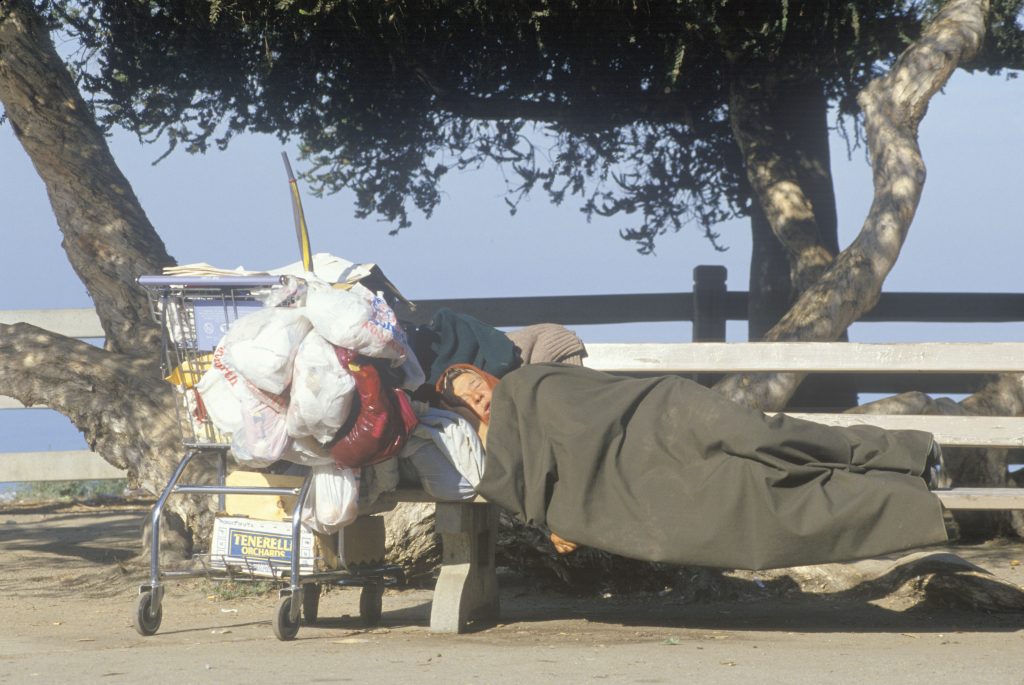
SaMoSays Survey Won’t Distract Citizens From Rising Crime and Homelessness
To ring in the New Year, the city of Santa Monica is taking stock of its budget priorities through a city-wide survey. The so-called “SaMoSays” survey is marketed as a way for community members to weigh in on progress at City Hall. It’s also a not-so-subtle attempt for the city to boast the “full scope of responsibilities” its officials undertake.
But some Santa Monicans might be asking themselves: is there really much to brag about? If not, is this really the best way to voice their concerns? As one resident pointed out, the survey seems to be looking for “public input for form, not for substance. We only have vague choices that mean exactly what the Council wants them to mean.”
As for where the city should focus its resources, the results are already in. A recent resident satisfaction survey found that 59 percent of Santa Monicans are unsatisfied with how the city is handling the homelessness crisis. Over half think the level of crime has increased compared to a year ago.
Additionally, a Recreation and Parks Commission survey found that 84 percent of residents were concerned about the presence of homeless individuals in the city’s parks. Not surprising, considering the several social media posts by residents that document lewd and illegal activity in these public spaces.
With such incontrovertible feedback already available, the SaMoSays survey starts to look more like a lame attempt to distract residents from the city’s minimal progress on crime and homelessness.
This perception is only worsened by the fact that the most recent “safety” issue the City Council took up was a Local 11-backed ordinance on hotel worker protections. Far from increasing safety for the average resident, this law is likely to hurt the employees it presumes to help.
Fortunately for Santa Monicans, the city’s annual homelessness count could provide a much needed wake up call. Last year, 957 individuals were counted as homeless—the largest number in over a decade.
This year’s count will take place on January 23rd. If the number increases—an almost certainty—it could finally force city officials to spend less time promoting a union agenda and more time prioritizing the clear cut concerns of its residents.


